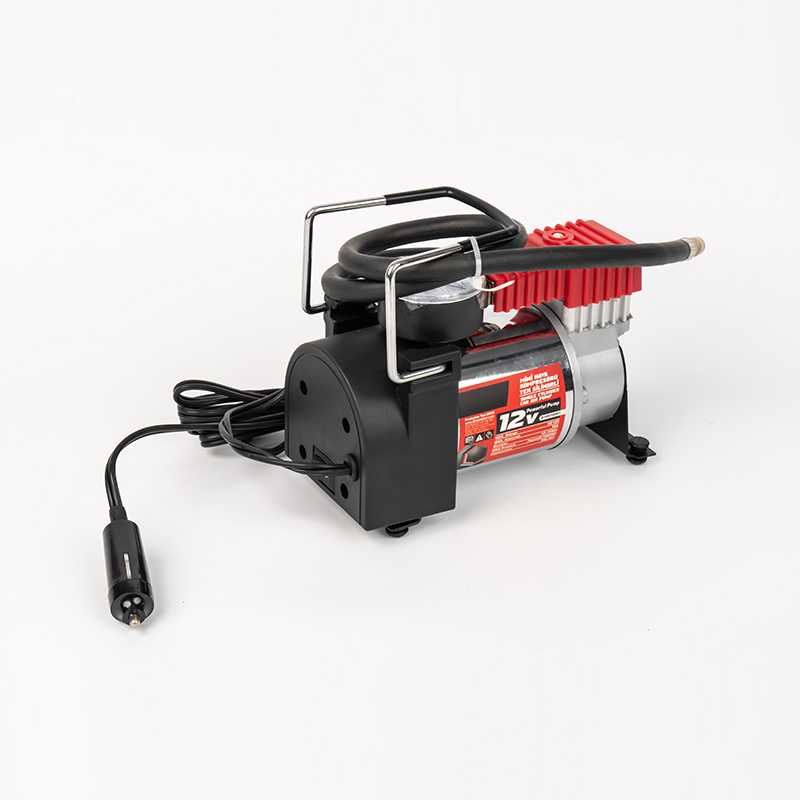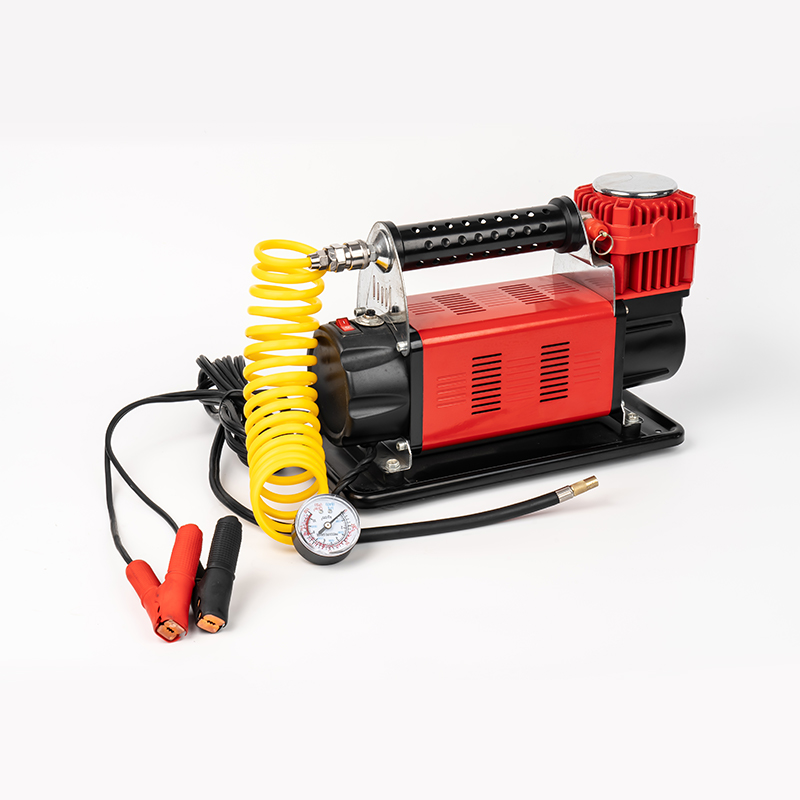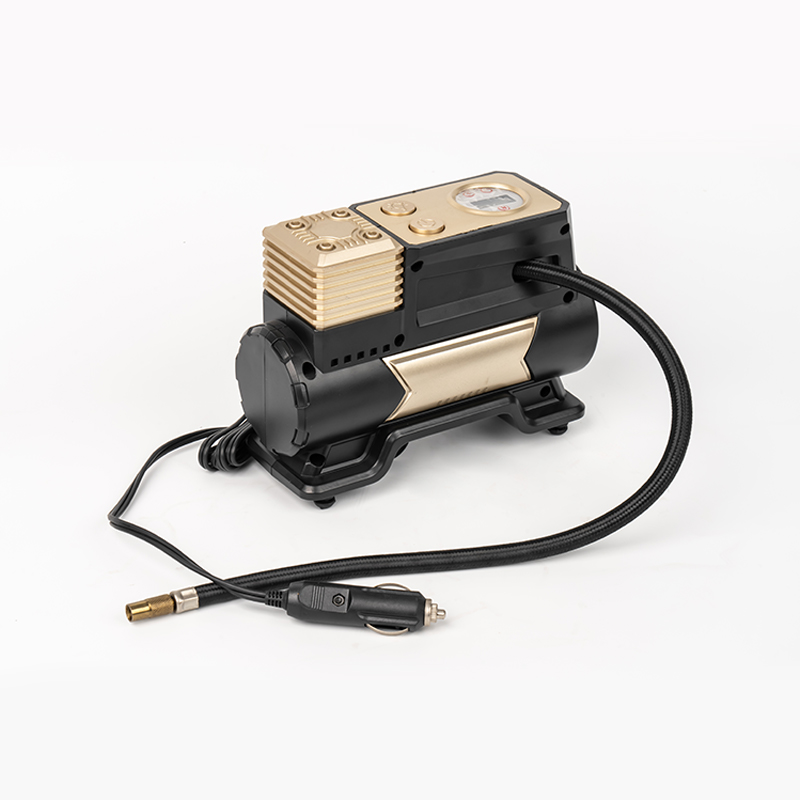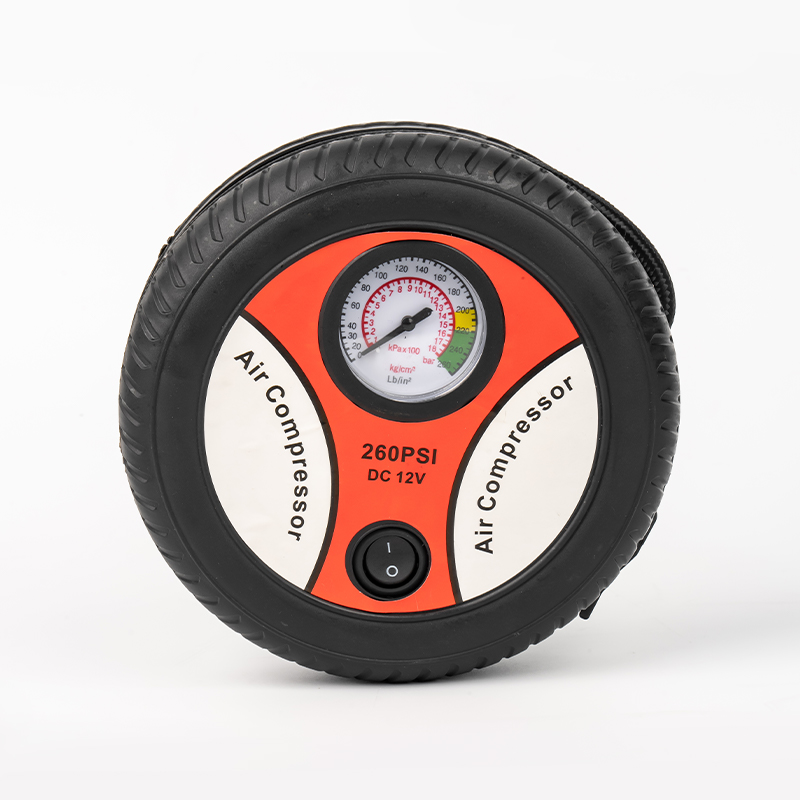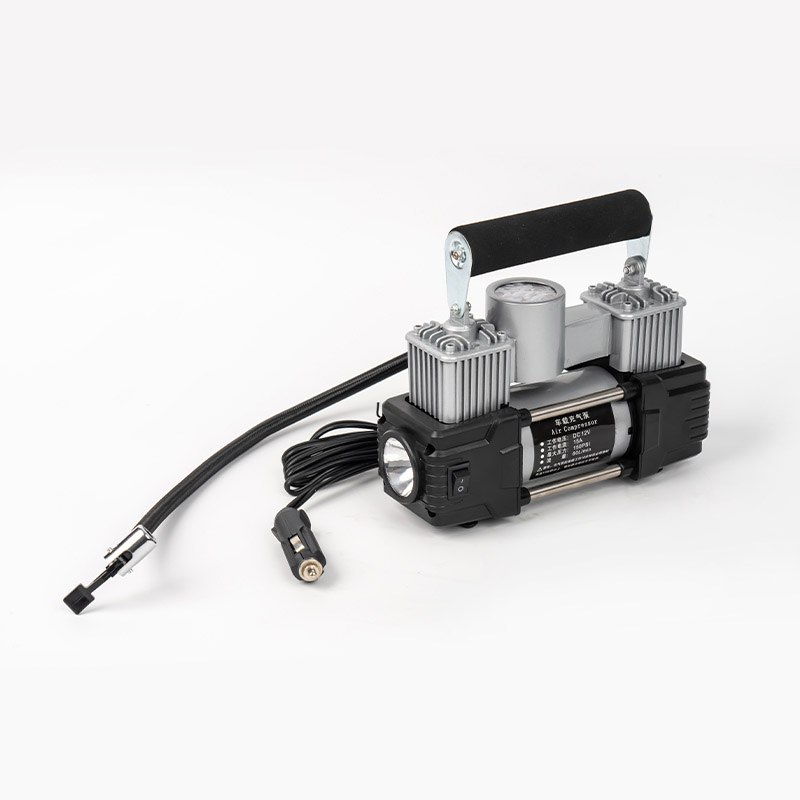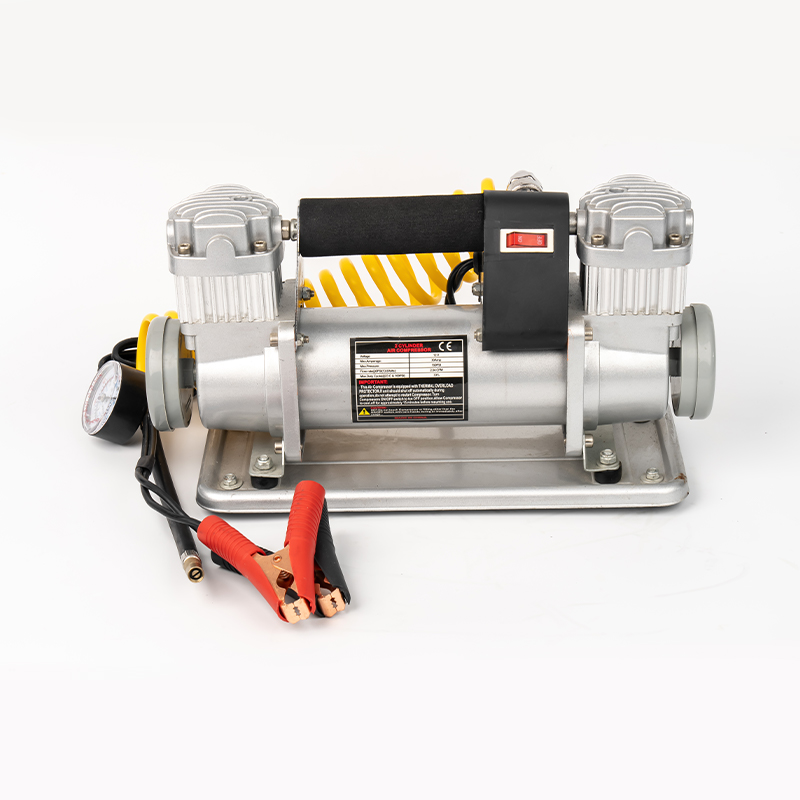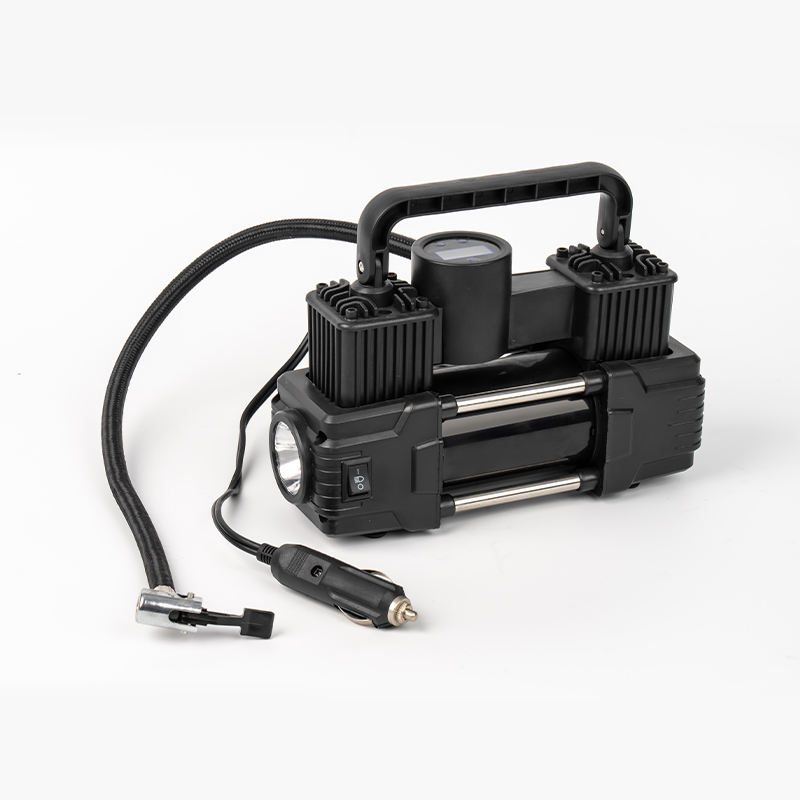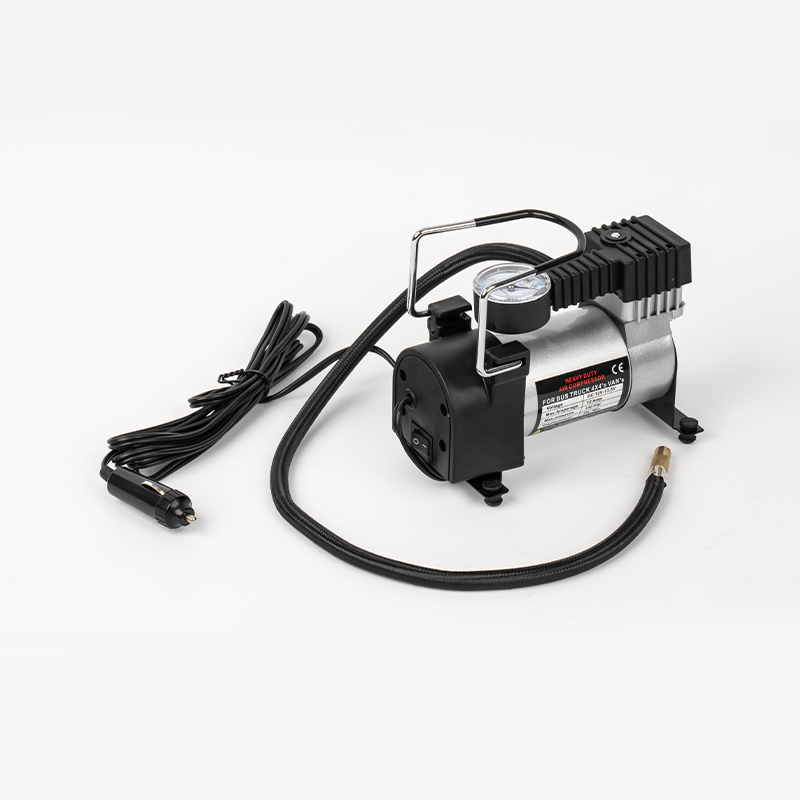Maintaining proper tire pressure is crucial for the safety, efficiency, and longevity of your vehicle. One of the most convenient tools for ensuring your tires are properly inflated is an automotive tire inflator. However, many car owners are unsure about how often they should use an inflator to keep their tires in optimal condition. Using an inflator too frequently or too infrequently can affect tire health and vehicle performance.
Tire pressure naturally fluctuates with temperature changes and time, even under normal driving conditions. Typically, tire pressure decreases by 1-2 PSI (pounds per square inch) for every 10-degree drop in temperature. This means during colder months, tires are more likely to lose pressure, potentially leading to under-inflation if not regularly monitored. Therefore, it’s important to check your tire pressure at least once a month, especially in areas where temperatures vary significantly. Using an automotive tire inflator to correct minor pressure drops when needed can prevent uneven tire wear and improve fuel efficiency.
In addition to monthly checks, tire pressure should be inspected before embarking on long trips. When driving for extended periods or at high speeds, tires are subjected to more stress. Tires that are under-inflated during such conditions are more prone to overheating, which can lead to premature wear or even blowouts. By using an inflator before hitting the road, you ensure your tires are operating at the optimal pressure, reducing the risk of tire-related accidents and improving overall vehicle performance.
If your vehicle consistently experiences significant pressure loss or uneven wear patterns, it may be time to use the inflator more often. This could indicate a slow leak, puncture, or valve stem issue. In such cases, it’s crucial to address the underlying problem, as simply inflating the tires without fixing the leak will only provide a temporary solution. Automotive tire inflators can help in emergencies, but they are not a substitute for professional repairs when needed.
Over-inflation is another concern to watch for. Some drivers may mistakenly overinflate their tires when using an inflator, thinking that higher pressure equals better tire health. However, over-inflated tires can lead to a rougher ride, reduced traction, and increased risk of tire damage, especially on uneven road surfaces.

 English
English Español
Español عربى
عربى Türk
Türk
